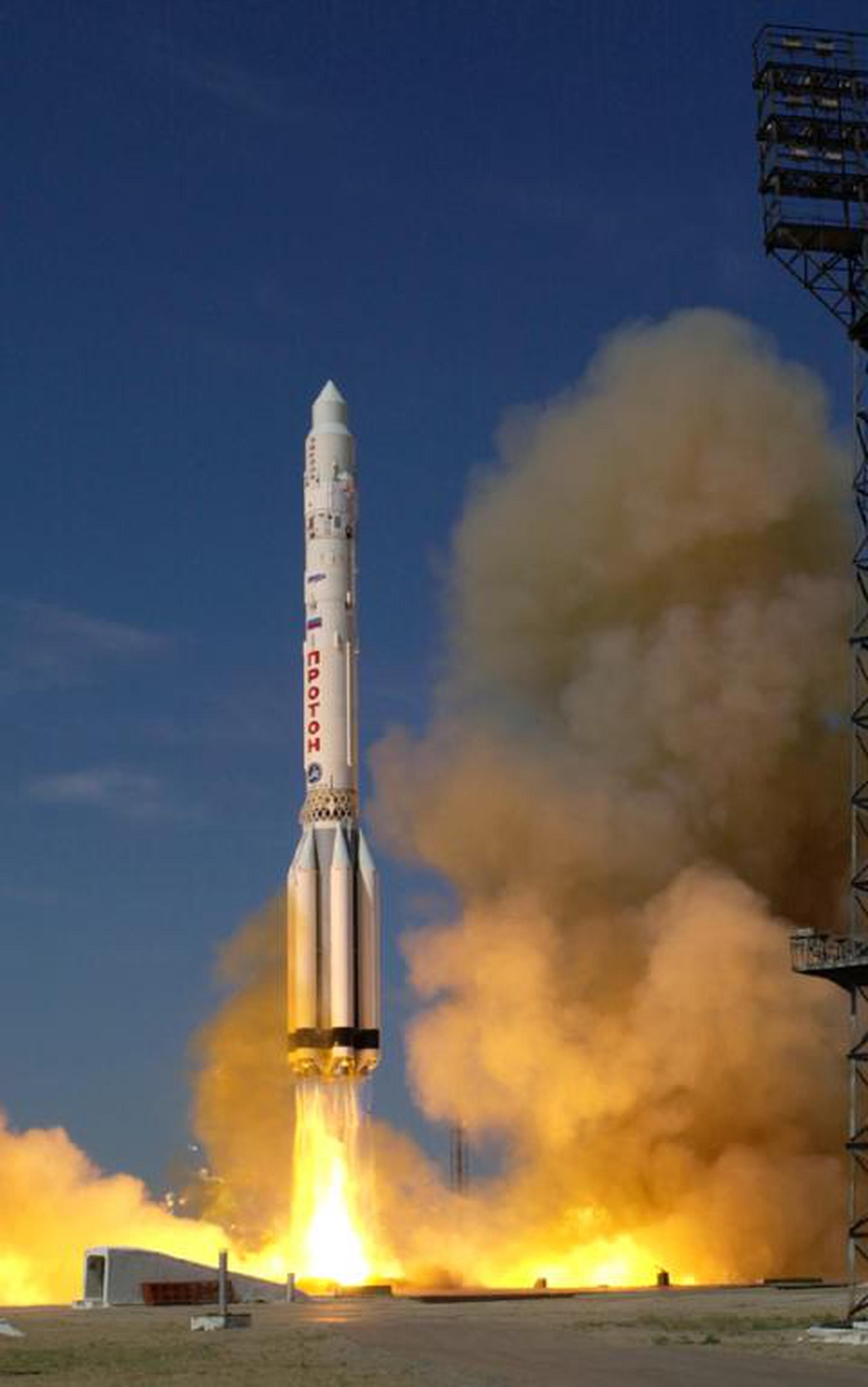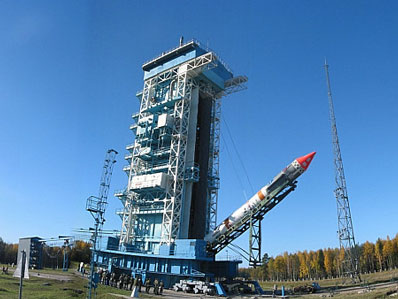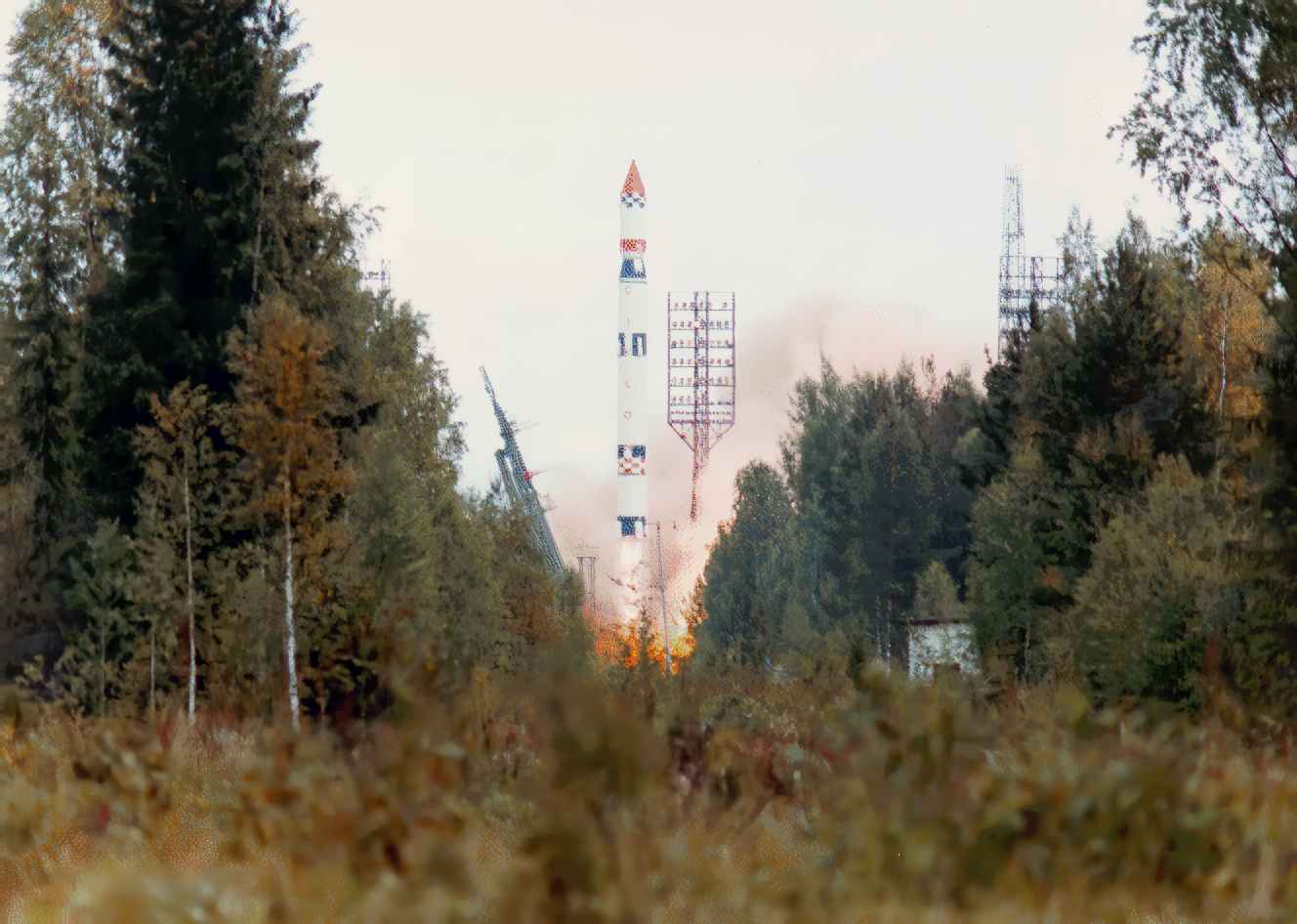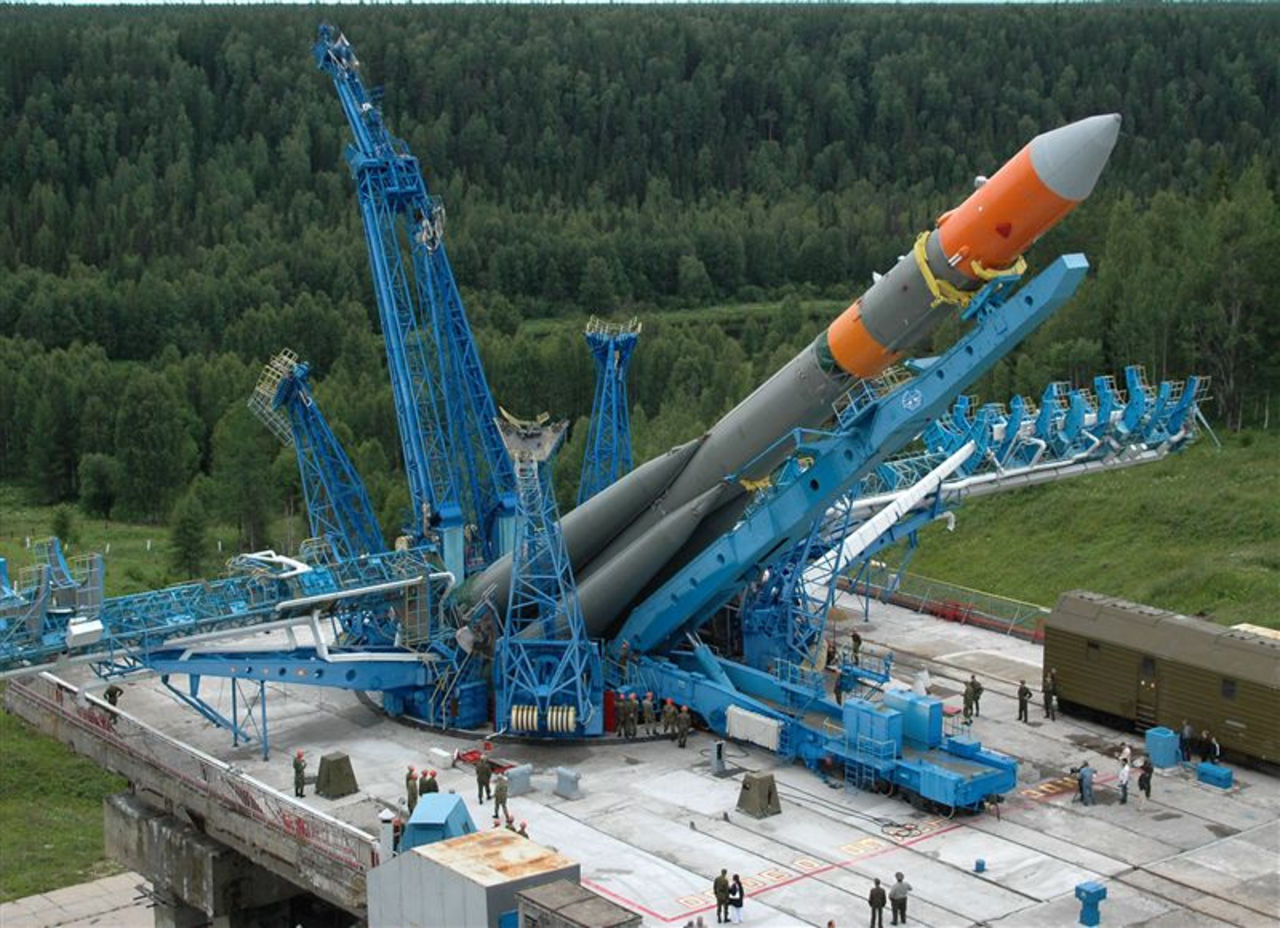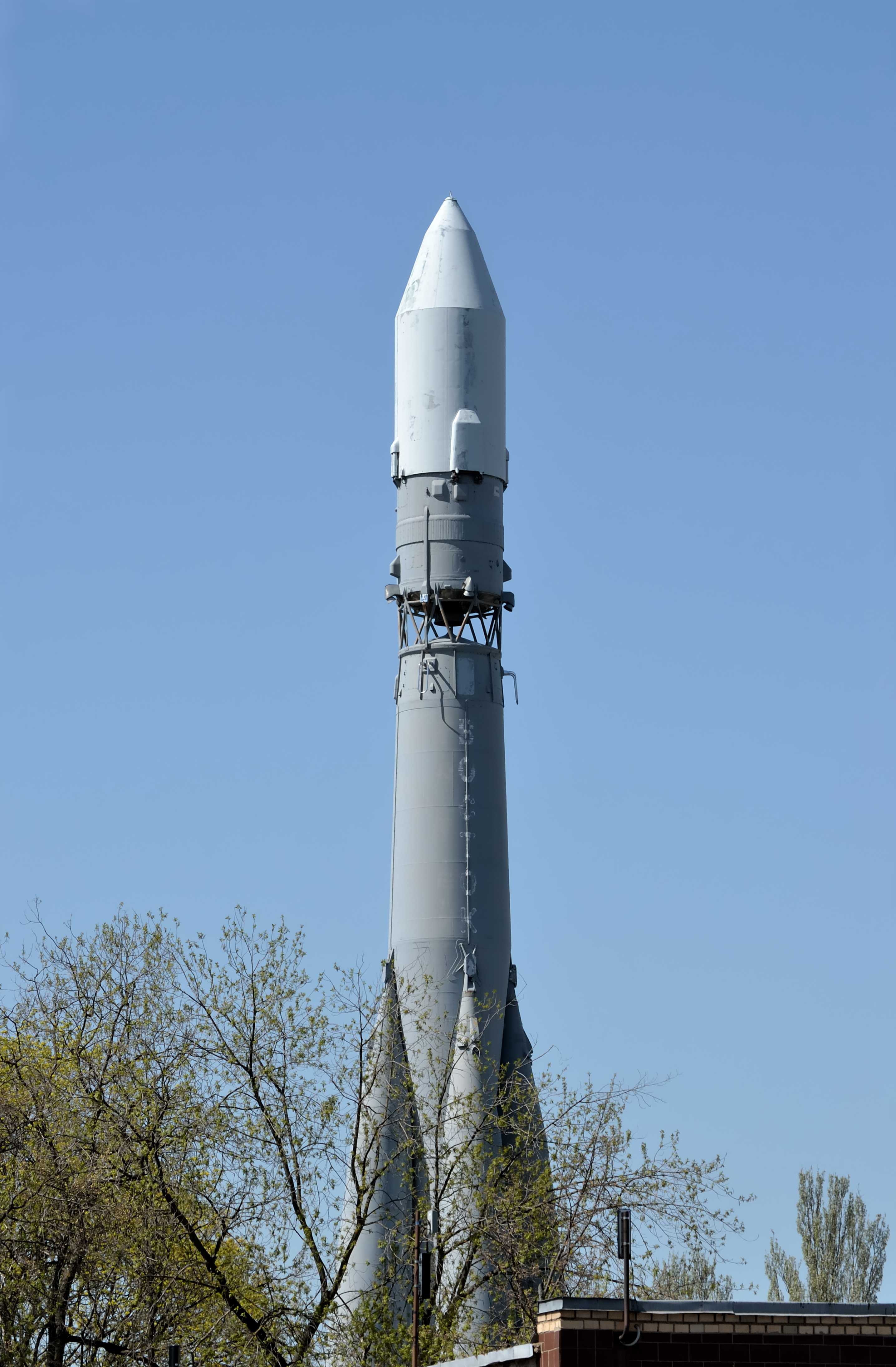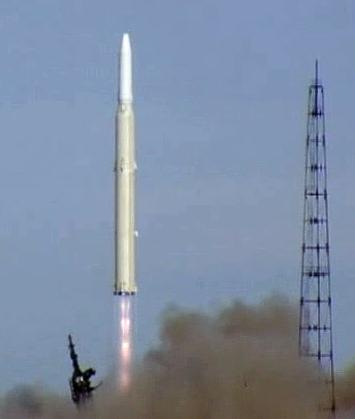Previous Spaceflight Launches
Filter by Agency, Locations or Vehicles
Show All LaunchesProton | Salyut-6
Khrunichev State Research and Production Space Center | RussiaBaikonur Cosmodrome, Republic of Kazakhstan
Sept. 29, 1977, 6:50 a.m.
Kosmos-3M | AUOS-Z-R-E-IK 1
Russian Space Forces | RussiaPlesetsk Cosmodrome, Russian Federation
Sept. 24, 1977, 4:30 p.m.
Tsiklon-3 | EPN 03.0380 2
Yuzhnoye Design Bureau | UkrainePlesetsk Cosmodrome, Russian Federation
Sept. 24, 1977, 10:15 a.m.
Titan 24B | KH-8 49
Lockheed Martin | United States of AmericaVandenberg SFB, CA, USA
Sept. 23, 1977, 6:34 p.m.
Molniya-M | Prognoz-6
Russian Space Forces | RussiaBaikonur Cosmodrome, Republic of Kazakhstan
Sept. 22, 1977, 12:51 a.m.
Proton-K/DM | Ekran
Khrunichev State Research and Production Space Center | RussiaBaikonur Cosmodrome, Republic of Kazakhstan
Sept. 20, 1977, 5:28 p.m.
Vostok 8A92M | Tselina-D 13
RKK Energiya | RussiaPlesetsk Cosmodrome, Russian Federation
Sept. 20, 1977, 1 a.m.
Tsiklon-2 | US-A 15
Yuzhnoye Design Bureau | UkraineBaikonur Cosmodrome, Republic of Kazakhstan
Sept. 18, 1977, 1:48 p.m.
Soyuz U | Zenit-4MKM 5
Russian Federal Space Agency (ROSCOSMOS) | RussiaPlesetsk Cosmodrome, Russian Federation
Sept. 16, 1977, 2:30 p.m.
Tsiklon-2 | US-A 14
Yuzhnoye Design Bureau | UkraineBaikonur Cosmodrome, Republic of Kazakhstan
Sept. 16, 1977, 2:25 p.m.
